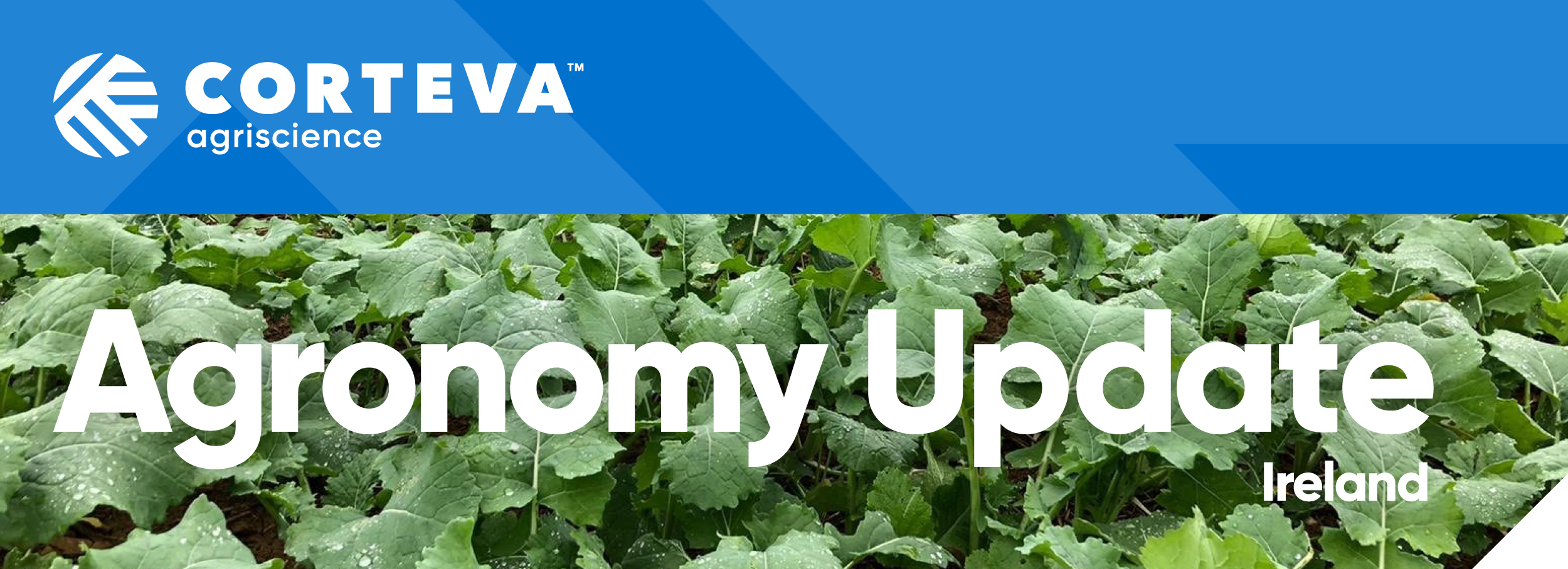
|
|
|
In the January edition
- Seasonal timing – When to spray?
- Protect your nitrogen and avoid more losses this spring with new Instinct for Irish growers
- Broad-spectrum disease control: Key insights for 2025
- Make your propyzamide applications by end of January
- Other recent key news and updates
- Update your communications preferences, enter our monthly prize draw plus ways to earn IASIS points
|
|
|
Welcome to the first edition of the 2025 Agronomy Update! As we embrace a fresh year, we are excited to continue delivering the latest insights, innovations and advice to support your farm's success. Here's to a productive and sustainable year ahead!
|
|
|
Seasonal timing – When to spray?
New year, new weeds? Or some older ones that have remained over winter?
Crop walking now can be a bit like looking into the past as well as preparing for the future. Have autumn herbicides performed well or not? Which weeds still need to be controlled? Which weeds will emerge in the spring? These are all questions that growers and agronomists should be asking themselves before planning their spring herbicide programme.
Looking back
Many areas of the country experienced periods of warm weather and heavy rainfall over winter. These conditions can result in reduced persistency and effectiveness of residual chemistry in the soil. Heavy rainfall has also broken down cloddy soils, releasing new flushes of weeds that are germinating above any residual layers.
Looking forward
Now is the time to start planning post-emergence herbicide applications. For cereal crops, it’s about prioritising the control of difficult grass weeds such as ryegrass, wild oats and brome species.
Getting optimal performance from a herbicide involves balancing a number of variables. We cannot control the weather nor the ability to travel. However, making sure a product is available on farm and ready to go should be on the minds of growers and agronomists if they want to take advantage of any early spray windows.
Applications to cereals in early February may seem early, but conditions can change quickly, and application windows do appear, so utilising them can contribute huge gains in terms of product performance.
Targeting small weeds early is often a better option than waiting, as the weeds may be larger, growing faster and by the time a later spray window appears, may be more difficult to control.
Read the full article by Corteva’s field technical manager, Hugh Guinan, here.
|

|
|
|
Protect your nitrogen and avoid more losses this spring with new Instinct for Irish growers
Whilst planning for the spring, its worthwhile considering how to avoid nitrogen losses.
As soils start to warm up in spring there may be an increase in the conversion of ammonium to nitrate. If the crop doesn’t have a sufficiently developed root network, or there is too much water present, nitrate can be leached deeper into the soil or into the wider environment.
If the soil becomes waterlogged, that nitrate may be converted to nitrous oxide and lost to the atmosphere as a greenhouse gas. Winter cereals may start looking hungry in February and therefore keeping the nitrogen in the right place for longer will give better outcomes for the crop.
New Instinct® is a tool that helps manage nitrogen challenges. An application of Instinct in February and March, just prior to the application of a fertiliser containing an ammoniacal form of nitrogen, will stabilise the ammonium, slowing it’s conversion by Nitrosomonas bacteria to nitrate. The ammonium will not leach, keeping more nitrogen in the upper layer of the soil, where it will be more accessible to the crop when growing conditions are favourable. Instinct keeps more nitrogen in the soil for longer.
|
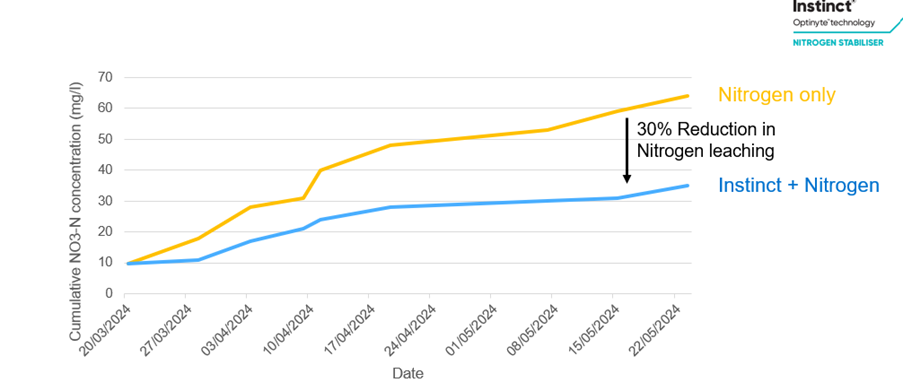
|
An application of Instinct in February or March in cereals and other crops, will slow the conversion of ammonium for a period of 10-12 weeks, and keeps it just where it’s needed.
|
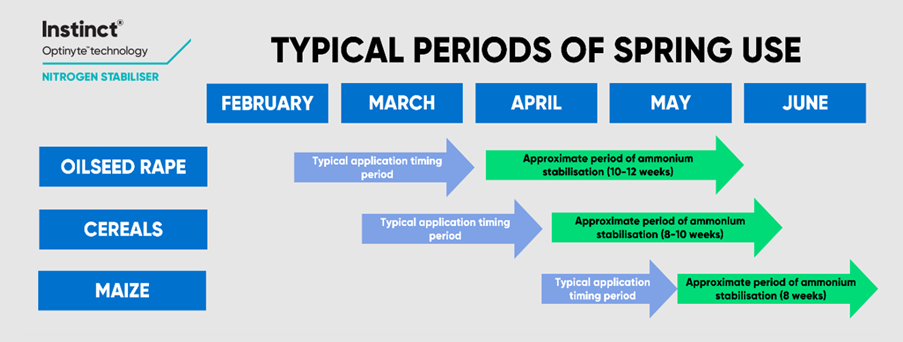
|
|
|
Broad-spectrum disease control: Key insights for 2025
2024 presented significant challenges, with high disease levels from early spring that emphasised the need for robust solutions. This proved a real test of the performance from different disease-control options under demanding conditions. Here’s what we learnt:
Fungicide performance
Corteva’s trials aligned with AHDB fungicide performance results, showcasing Univoq™ as a standout product, excelling across the breadth of fungal disease pressures in UK wheat crops.
Comparative efficacy
Univoq demonstrated superior performance compared to Revysol® based products like Revystar®.
New generation chemistry
2024 trials indicated that prevailing high disease levels required new, next generation chemistry to not only control diseases effectively but deliver yields and maximise grower returns.
Inatreq: A flexible, high-performance solution
Looking ahead to 2025, the wheat area has expanded, and crops are generally looking good, with encouraging yield potential. However, with inoculum levels high from 2024, weather conditions will be critical in determining disease severity.
Inatreq™ offers a unique mode of action providing broad spectrum disease control at T1 or T2, which should be used with strong, new generation chemistry at the alternate timing (Inatreq-containing products can only be applied once to a crop) for the greatest returns.
|
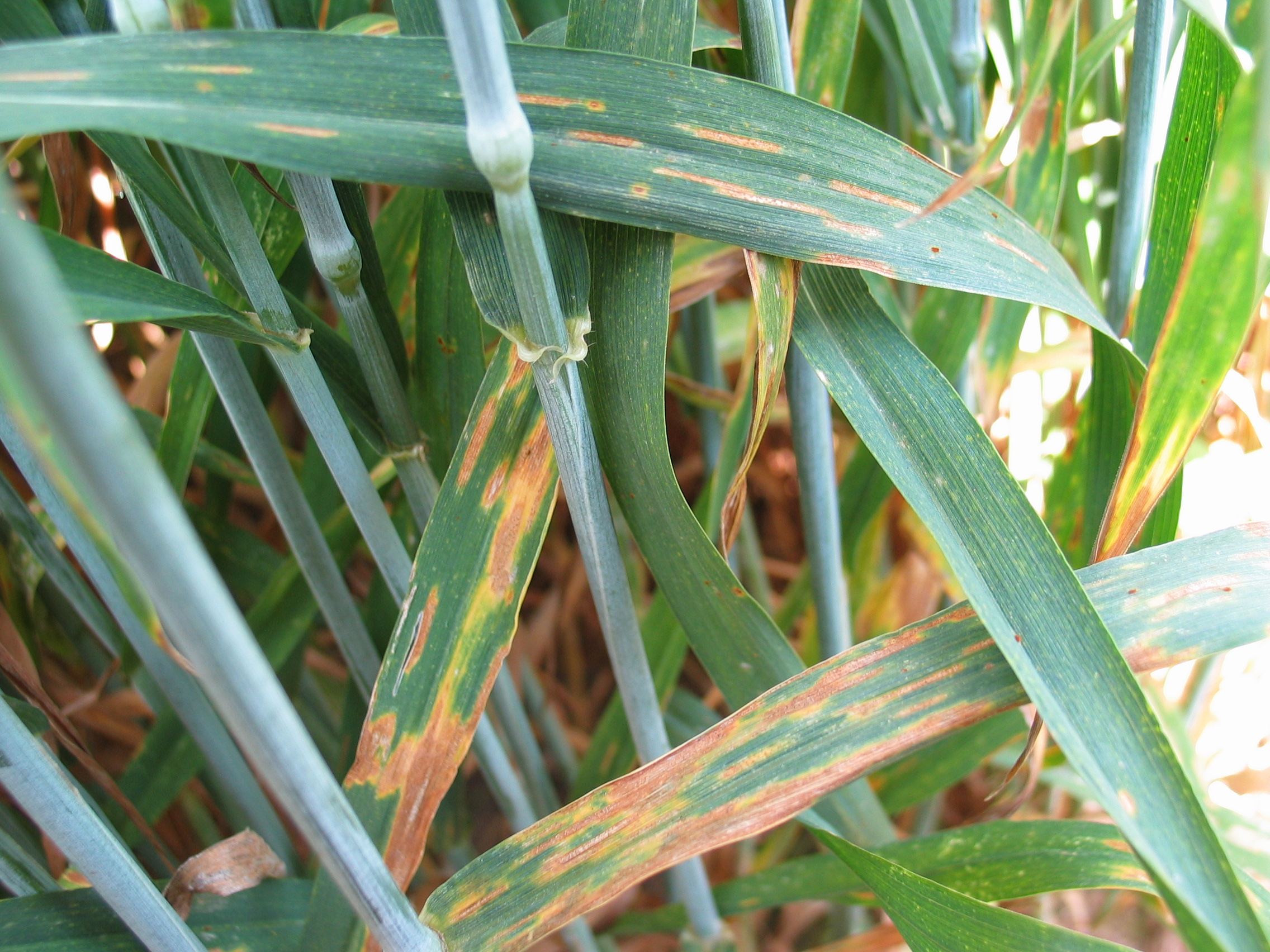
|
|
|
Make your propyzamide applications by end of January
Don’t forget, all products containing propyzamide, including Kerb® Flo and Astrokerb®, must be applied to OSR by 31st January. Before application, remember to check the weather forecast and individual field conditions.
With the recent cold, frosty and snowy weather, consider your local conditions if Kerb Flo or Astrokerb are still to be applied.
Applying Kerb and Astrokerb in frosty and snowy conditions:
- Kerb Flo: Can be applied in frosty conditions but avoid applying to frozen ground to prevent run-off.
- Astrokerb: Ensure OSR leaves are frost-free for effective BLW targeting.
Avoid applying propyzamide when there is snow on the ground as this increases the risk of run-off when the snow melts.
With conditions changing rapidly at the moment the number of spray days has diminished.
Keep an eye on your OSR crops, watching for newly germinating weeds as the crops open up, especially due to pigeon damage which are starting to affect some OSR crops.
|
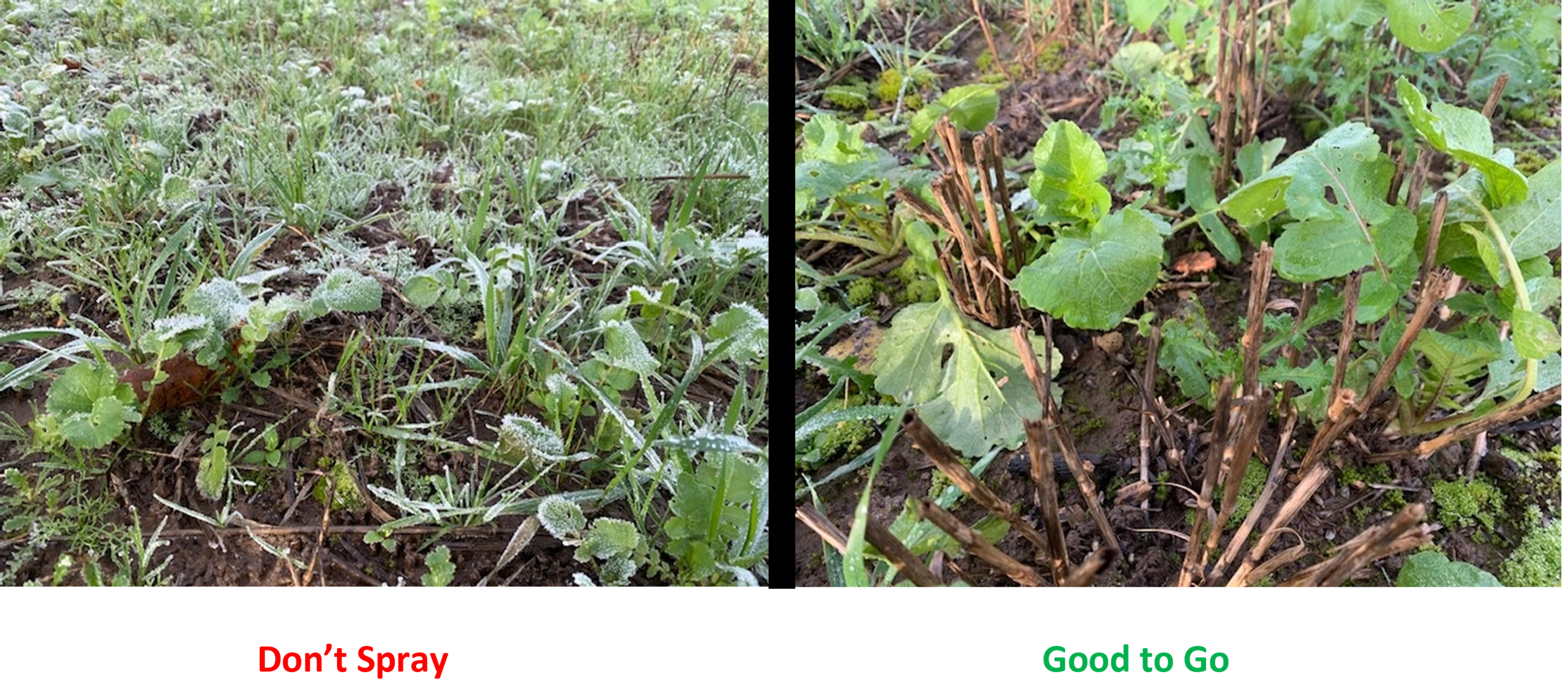
|
|
|
|
|
|
|
|
Other recent key news and updates
|
Ed Barnatt joined Corteva this month! With two decades of experience in the agricultural sector, we're thrilled to have Ed as our UK & Ireland Commercial Sales Manager.
|

|
|
|
Discover arable solutions on the go with the Corteva Arable App!
The Corteva Arable App, the mobile application filled with information and resources to support you on the go. Discover all the benefits and get access to solutions quickly and easily on your mobile device.
|

|
|
|
Want to hear more from us?
Update your preferences and tailor your choices to make sure you receive the communications that are right for you. Don't forget to enter into our monthly prize draw by ticking the box before submitting to be in with the chance to win!
You can also stay in the loop with all the latest updates by following @CortevaIE on X and Facebook. Explore our Spotify playlist for hand-picked tunes to keep you motivated through every season.
|

|
|
|
If you need technical advice or support, we're here to help
Area Manager and National Technical Manager: Liz Glynn, 00353 (86) 844 5306.
Visit our website www.corteva.ie for product information, labels and advice.
Our hotline team are on hand to answer any queries or concerns you have. Please do not hesitate to get in touch via email, or by submitting an enquiry.
|
10 IASIS points will be awarded to those subscribing to this Agronomy Update.
|
Use plant protection products safely. Always read the label and product information before use. PAY ATTENTION TO THE RISK INDICATIONS AND FOLLOW THE SAFETY PRECAUTIONS ON THE LABEL. Triple Rinse Containers and Invert to Dry at Time of Use. For further information including warning phrases and symbols refer to label. ®, ™ Trademarks of Corteva Agriscience and its affiliated companies. All other brand names are trademarks of other manufacturers for which proprietary rights may exist. All manufacturers’ tradenames and trademarks are duly acknowledged. © 2025 Corteva. Instinct® contains nitrapyrin. Kerb®Flo contains propyzamide. Astrokerb® contains aminopyralid and propyzamide. Univoq™ contains fenpicoxamid and prothioconazole. Inatreq™ active contains fenpicoxamid.
|
|
|
|
|